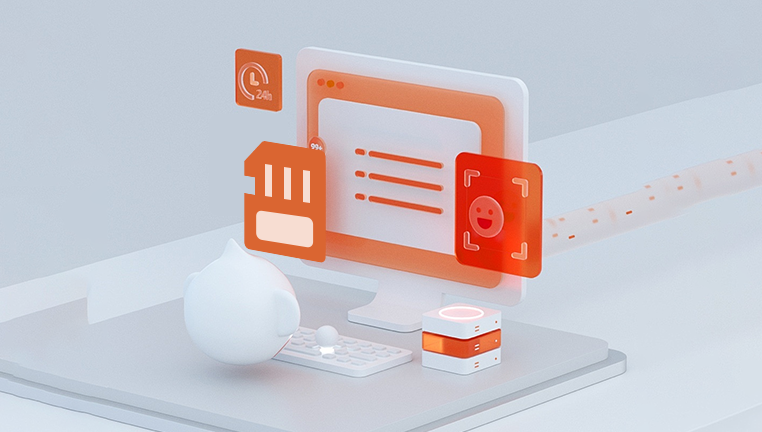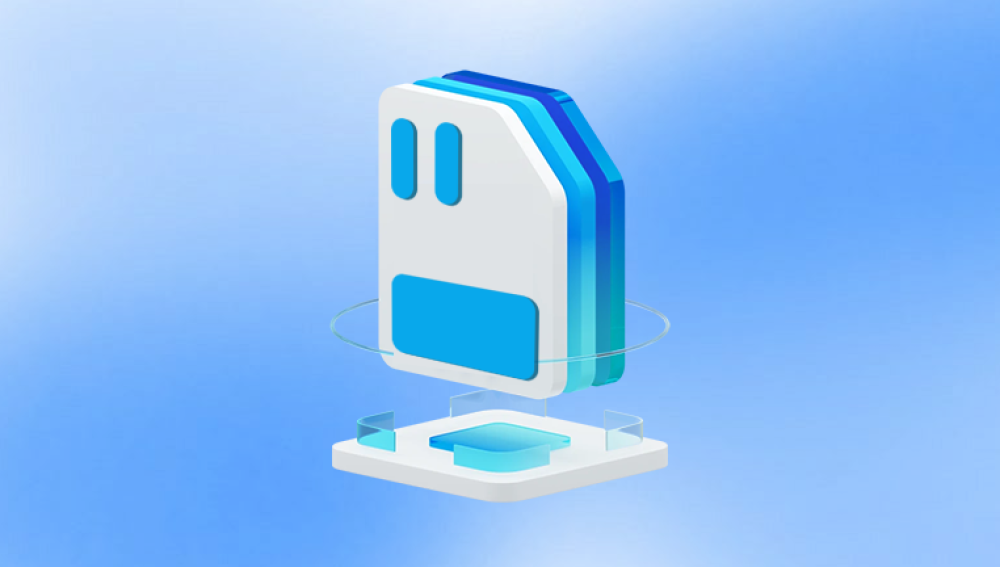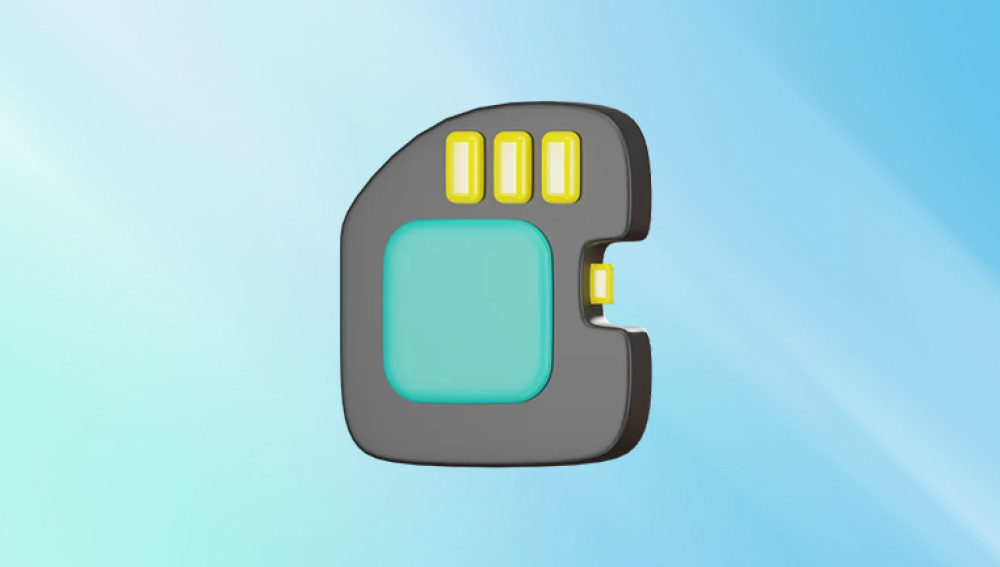Memory cards are indispensable companions for photographers, videographers, travelers, and anyone who wants to capture moments on digital devices such as cameras, drones, smartphones, and tablets. Yet, these small but powerful devices are also vulnerable to data loss. Accidentally deleted photos, corrupted cards, formatting errors, or physical damage can suddenly leave you staring at an empty folder or an unreadable card your cherished memories seemingly gone.
Chapter 1 – Why Photos Get Lost from Memory Cards
1.1 Accidental Deletion
The most common cause is accidentally deleting photos via a camera’s delete function, or formatting the card without backing up.
1.2 Memory Card Formatting
Formatting erases the file allocation table but not the actual photo data immediately which means recovery is possible.

1.3 Card Corruption
Sudden removal of the card during data transfer, power loss, or errors can corrupt the file system.
1.4 Virus or Malware Infection
Malicious software can hide, corrupt, or delete photos on your card.
1.5 Physical Damage
Drops, water exposure, or manufacturing defects can make cards unreadable.
1.6 File System Errors
Incompatible devices or errors during read/write can cause data loss.
Chapter 2 – Immediate Steps to Take After Photo Loss
2.1 Stop Using the Memory Card
Avoid taking new photos or saving new data to the card, as new files can overwrite lost photos.
2.2 Remove the Memory Card Safely
Eject the card carefully to avoid further corruption.
2.3 Use a Reliable Card Reader
Connect the card to your computer using a good-quality card reader, not directly via the camera.
2.4 Avoid Formatting
Don’t format the card unless instructed by a recovery software as a last resort.
Chapter 3 – Recovering Photos Using Data Recovery Software
Software recovery is usually the best method for restoring lost photos.
3.1 Choosing the Right Software
Drecov Data Recovery
Accidentally losing photos from a memory card is a common but stressful issue. Drecov Data Recovery is a reliable tool designed to help you recover deleted or lost photos from various types of memory cards, including SD, microSD, and CF cards.
To recover photos, simply connect your memory card to your computer via a card reader and launch Drecov Data Recovery. The software offers two scan modes: a quick scan for recently deleted photos and a deep scan for files lost due to formatting or corruption. After scanning, you can preview recoverable photos and select which ones to restore.
Panda supports popular photo formats such as JPG, PNG, and RAW. Its user-friendly interface and powerful recovery engine make it ideal for both beginners and advanced users. By using Drecov Data Recovery promptly and carefully, you increase the chances of successfully restoring your precious photos without further data loss.
3.2 Step-by-Step Photo Recovery Example Using Drecov Data Recovery
Download and Install Drecov Data Recovery on your computer (not on the memory card).
Insert the Memory Card into a card reader connected to your PC.
Open the Software and select the memory card drive.
Choose Scan Type: Start with Quick Scan; if no files are found, use Deep Scan.
Preview Files: Panda allows you to preview recoverable photos before restoring.
Select Photos: Choose photos you want to recover.
Recover and Save: Save the recovered photos to a different drive, NOT the memory card.
Chapter 4 – Recovering Photos Manually (Without Software)
4.1 Check the Recycle Bin or Trash
If photos were deleted on your computer after card transfer, check the bin first.
4.2 Using Camera’s Recovery Features
Some cameras have “undelete” or recovery options — check your camera manual.
4.3 Use Windows CHKDSK to Repair Card Errors
Open Command Prompt and run:
bash
CopyEdit
chkdsk X: /f
Replace X: with your card’s drive letter. This can fix minor errors but may not recover files.
Chapter 5 – Handling Corrupted Memory Cards
5.1 Use Dedicated Card Repair Tools
Tools like SD Formatter (official from SD Association) can fix minor formatting issues without wiping data (use with caution).
5.2 Formatting as a Last Resort
If the card is unreadable, format it but use recovery software immediately after to restore lost photos.
Chapter 6 – Recovering Photos from Damaged or Physically Faulty Cards
6.1 Signs of Physical Damage
Card not detected.
Errors reading card.
Card gets very hot.
6.2 Professional Data Recovery Services
If software methods fail, professional labs can physically repair and recover data, but costs are high.
Chapter 7 – Tips to Maximize Photo Recovery Success
Use deep scans if quick scans find nothing.
Preview recovered files to verify.
Recover photos to a different drive.
Avoid overwriting data by not using the card before recovery.
Try multiple software if one doesn’t find files.
Chapter 8 – Preventing Future Photo Loss on Memory Cards
8.1 Regular Backups
Use cloud storage or external drives to back up photos regularly.
8.2 Use High-Quality Cards
Invest in reputable brands like SanDisk, Lexar, or Samsung.
8.3 Format Cards Properly
Format memory cards in the camera after transferring photos, not on computers.
8.4 Safely Eject Cards
Always safely eject or remove the card to prevent corruption.
8.5 Keep Firmware Updated
Update your camera and card reader firmware for compatibility.
Chapter 9 – Common Questions About Memory Card Photo Recovery
9.1 Can I recover photos from a formatted card?
Yes, if new data hasn’t overwritten the old files, recovery software can retrieve photos.
9.2 Is recovery software safe to use?
Reputable software is safe. Download from official sources and avoid installing on the card.
9.3 What if the card is physically damaged?
Physical damage usually requires professional recovery services.




